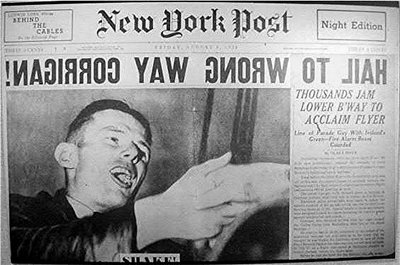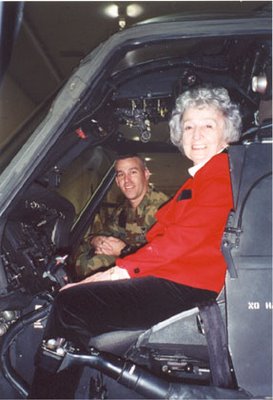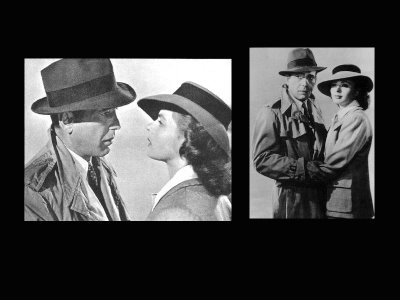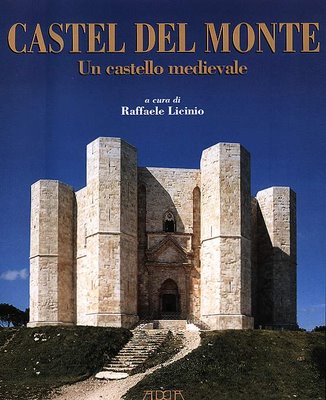 The judge who presided over the Da Vinci Code trial has put a code of his own into his judgment and today said he would "probably" confirm it to the person who breaks it. Since Judge Peter Smith delivered his judgment in the case on April 7, lawyers in London and New York began noticing odd italicisations in the 71 page document.
The judge who presided over the Da Vinci Code trial has put a code of his own into his judgment and today said he would "probably" confirm it to the person who breaks it. Since Judge Peter Smith delivered his judgment in the case on April 7, lawyers in London and New York began noticing odd italicisations in the 71 page document.In the weeks afterward, would be codebreakers got to work on deciphering the judge's code. "I can't discuss the judgment," Smith said in a brief conversation with The Associated Press, "but I don't see why a judgement should not be a matter of fun." Italics are placed in strange spots: the first is found in paragraph one of the 360 paragraph document. The letter S in the word claimants is italicised.
In the next graph, claimant is spelled "claiMant," and so on. The italicised letters in the first seven paragraphs spell out "Smithy code," playing on the judge's name. Lawyer Dan Tench, with the London firm Olswang, said he noticed the code when he spotted the striking italicised script in an online copy of the judgment.
"To encrypt a message in this manner, in a High Court judgment no less? It's out there," Tench said. "I think he was getting into the spirit of the thing. It doesn't take away from the validity of the judgment. He was just having a bit of fun."
Smith was arguably the highlight of the trial, with his acerbic questions and witty observations making the sometimes dry testimony more lively. Though today Smith refused to discuss the judgment or acknowledge outright that he'd inserted a secret code in its pages he said: "They don't look like typos, do they?"
When asked if someone would break the code, Smith said: "I don't know. It's not a difficult thing to do." And when asked if he would confirm a correct guess to an aspiring code-breaker, the High Court judge said, "probably".
Tench said the judge teasingly remarked that the code is a mixture of the italicised font code found in the book The Holy Blood and the Holy Grail - whose authors were suing Dan Brown's publisher, Random House, for copyright infringement - and the code found in Brown's The Da Vinci Code. Authors Michael Baigent and Richard Leigh had sued Random House Inc, claiming Brown's best-selling novel "appropriated the architecture" of their 1982 nonfiction book, The Holy Blood and the Holy Grail. Both books explore theories that Jesus married Mary Magdalene, the couple had a child and the bloodline survives, ideas dismissed by most historians and theologians.
The Da Vinci Code has sold more than 40 million copies since its release in March 2003. It came out in paperback in the United States last week, and quickly sold more than 500,000 copies. An initial print run of five million has already been raised to six million. Since the judgment was handed down three weeks ago, Tench said it took several weeks - and several watchful eyes - to spot the code. Now, London and New York attorneys are scrambling to decode the judgment. "I think it has caught the particular imagination of Americans," Tench said. "To have a British, staid High Court judge encrypt a judgment in this manner, it's jolly fun."
I'm definitely going to try to break the code," said attorney Mark Stephens, when learning of its existence. "Judges have been known to write very sophisticated and amusing judgments," Stephens said. "This trend started long ago ... one did a judgment in rhyme. Another in couplets. There has been precedent for this. "It adds a bit of fun to what might have been a dusty text," he said.
 UPDATE: Code cracked in 'Da Vinci' case (April 29, 2006) The British judge who embedded an encoded message in his recent judgment in a case involving Dan Brown's bestseller "The Da Vinci Code" revealed the secret after a London lawyer solved the puzzle.
UPDATE: Code cracked in 'Da Vinci' case (April 29, 2006) The British judge who embedded an encoded message in his recent judgment in a case involving Dan Brown's bestseller "The Da Vinci Code" revealed the secret after a London lawyer solved the puzzle. In his ruling, Justice Peter Smith hid a reference to the man who invented the British Navy's first modern warship, using the Fibonacci Sequence, a combination of a mathematical progression and letter substitutions featured in Brown's religious thriller. Dan Tench, a lawyer at the law firm Olswang, claims he was first to uncover it: "Jackie Fisher who are you Dreadnought." John "Jackie" Fisher was a 19th-century admiral credited with developing the Dreadnought, a battleship equipped with six or more guns.




























